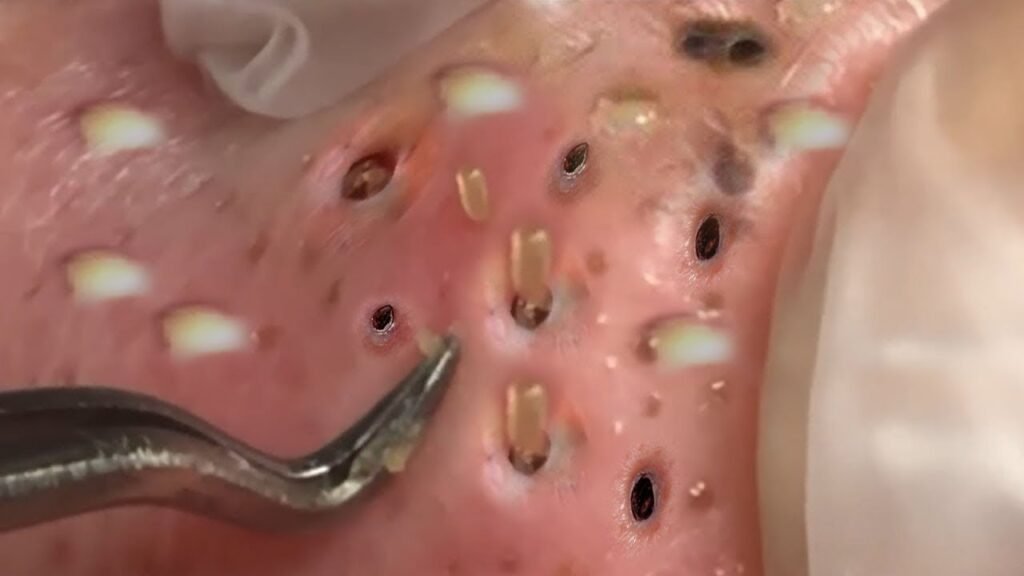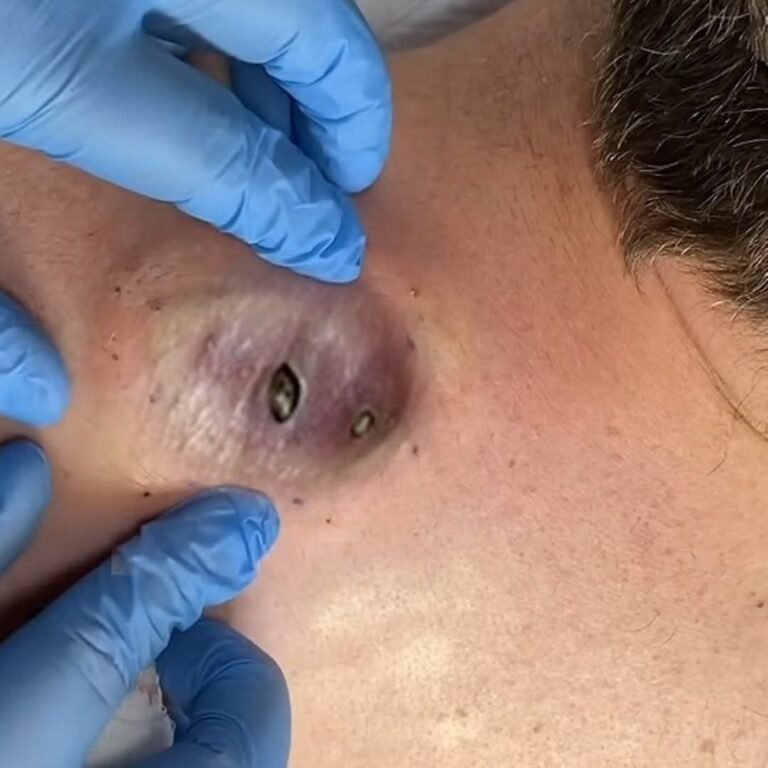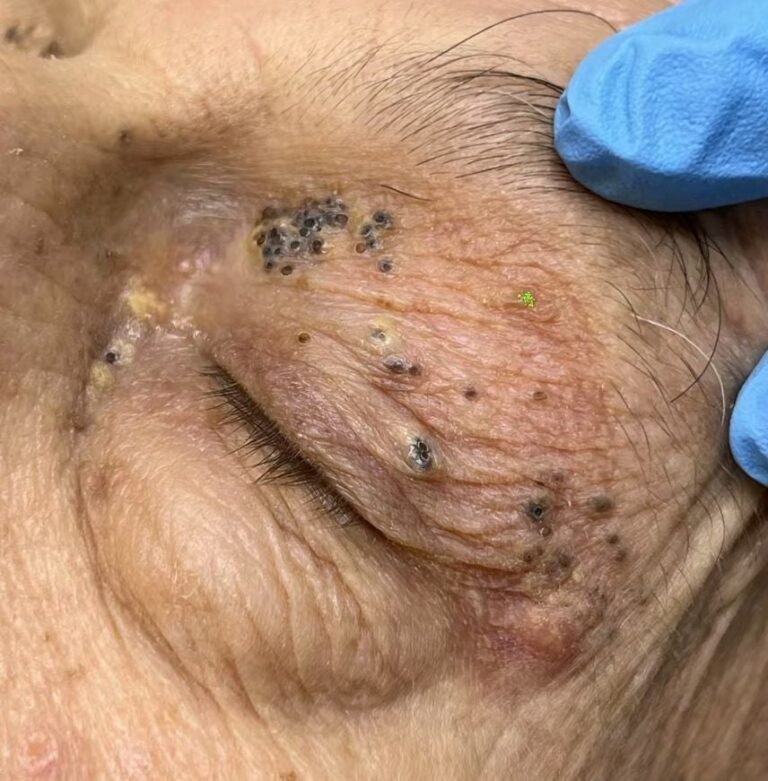
When dealing with super giant nose blackheads, it’s important to avoid common misconceptions and mistakes that can worsen the condition or cause scarring. One common misconception is that squeezing or picking at blackheads will remove them. However, this can actually cause more harm than good. Squeezing or picking at blackheads can lead to inflammation, infection, and scarring. It can also push the contents of the blackhead deeper into the pore, making it more difficult to remove.
Another mistake to avoid is using harsh or abrasive scrubs to try and remove blackheads. While exfoliation is important for removing dead skin cells and preventing clogged pores, using harsh scrubs can irritate the skin and cause more oil production, leading to more blackheads. It’s important to choose gentle exfoliants that are suitable for your skin type.
Additionally, using comedogenic skincare or makeup products can contribute to the formation of blackheads. It’s important to choose non-comedogenic products that won’t clog the pores. Reading product labels and choosing products specifically formulated for acne-prone or oily skin can help prevent blackheads.
When removing blackheads, it’s important to be gentle and avoid aggressive scrubbing or picking. Using gentle pressure and proper tools can help minimize damage to the skin. It’s also important to cleanse the skin thoroughly before and after blackhead removal to prevent infection and further clogging of the pores.
Regular exfoliation is crucial in preventing super giant nose blackheads. Exfoliation helps remove dead skin cells, unclog pores, and promote cell turnover. By incorporating regular exfoliation into your skincare routine, you can prevent the buildup of debris in the pores and reduce the occurrence of blackheads.
There are different types of exfoliation methods and products available. Physical exfoliation involves using a scrub or brush to physically remove dead skin cells. However, it’s important to choose gentle exfoliants and avoid harsh scrubbing, as this can irritate the skin and cause more oil production.
Chemical exfoliation involves using products that contain alpha-hydroxy acids (AHAs) or beta-hydroxy acids (BHAs) to dissolve dead skin cells and unclog pores. AHAs, such as glycolic acid and lactic acid, are water-soluble and work on the surface of the skin. BHAs, such as salicylic acid, are oil-soluble and can penetrate into the pores to remove excess oil and debris.
It’s important to choose exfoliants that are suitable for your skin type and to follow the instructions on the product. Over-exfoliating can strip the skin of its natural oils and lead to dryness and irritation. It’s recommended to exfoliate 1-2 times a week, depending on your skin’s needs.



